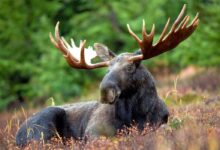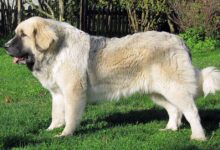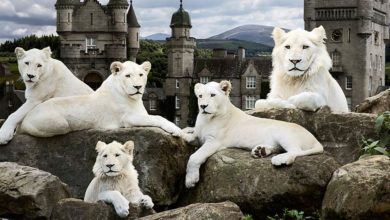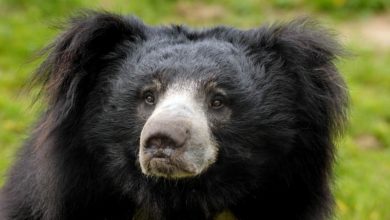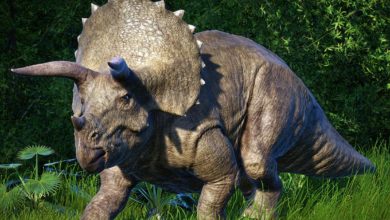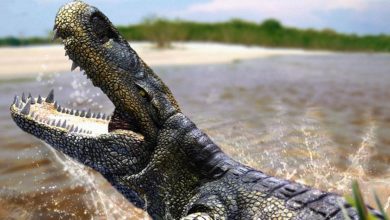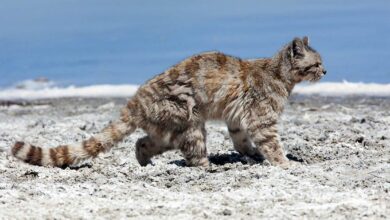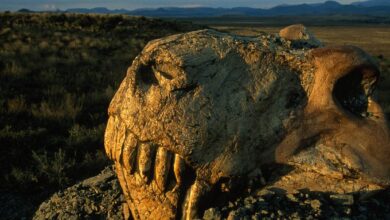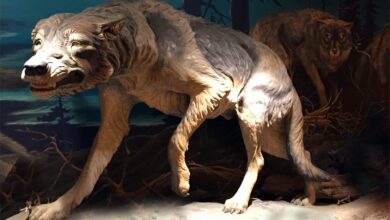Tsavo lions – the maneless man-eaters
The Ghost and the Darkness – over 100 years ago in East Africa two lions of Tsavo attacked and killed workers for several months. Why did this happen?
A reduced mane or its complete lack is now a characteristic feature of Tsavo lions and the lions of West Africa from the Panthera leo senegalensis subspecies. Centuries ago, this occurred, however, in the extinct lions of ancient Egypt and Nubia. In Egyptian art, male lions used to be pictured without the mane, but with a ruff around the neck.
This interesting appearance is only one of the unusual and mysterious features of these big cats. To this day, reasons for their deathful tendencies towards people have been unknown. Over 100 years ago, in East Africa, two lions of Tsavo were attacking and killing workers for a few months. Why did this happen? Do lions of Tsavo River region also sow fear among Kenyans today?
Classification
- Class: Mammalia
- Order: Carnivora
- Family: Felidae
- Genus: Panthera
- Species: African lion (Panthera leo)
- Subspecies: East African lion / Masai lion (Panthera leo nubica / Panthera leo massaica)
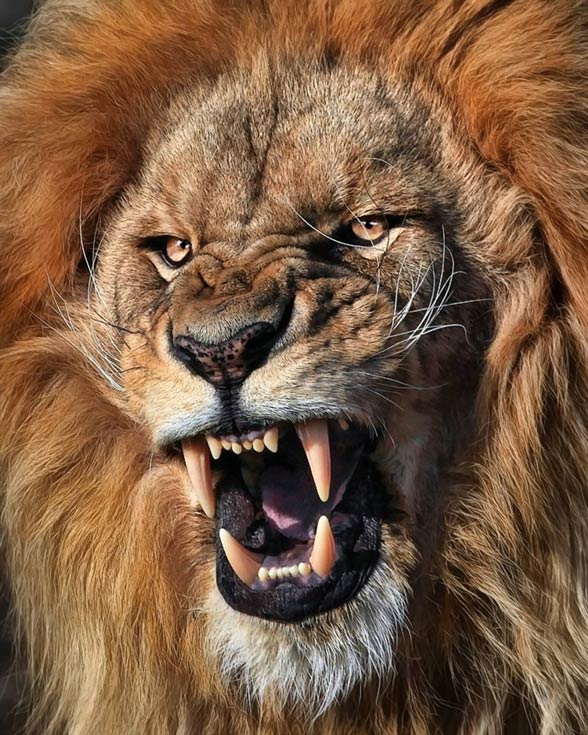
Occurrence
The lions owe their name the place of their origins – Tsavo East National Park in eastern Kenya. This region is situated near the Tsavo River, which is a home for many fish species.
Characteristics
Tsavo lions are one of the varieties of the East African lion (Panthera leo nubica). Males of this variety are usually larger than other individuals. Their characteristic feature is the lack of the mane or its reduced form. This may be caused by the prevailing climate. It is also possible that due to the reduction of the mane, these lions can move around prickly and rough vegetation. The mane could have made hunting harder. It may be also possible that male Tsavo lions have higher levels of testosterone which reduces hairiness and increases aggression (sounds familiar, right? :)).
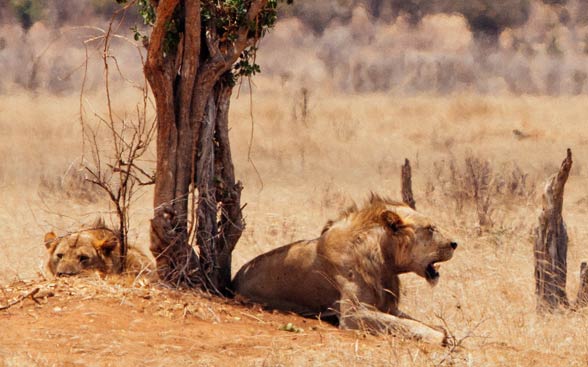
Prides
Usually, prides of African lions consist of 2 to maximum 8 (rarely) males and 5-6 females per one male. Prides may form themselves into groups of even 30 individuals (male lions and adult lionesses). However, after some time, prides separate themselves from the group.
In the case of Tsavo lions, it is somewhat different. A pride consists usually of one male per 7-8 females. Moreover, groups are bigger than in other subspecies, and males actively participate in hunting (usually, females hunt and males come when everything is done).
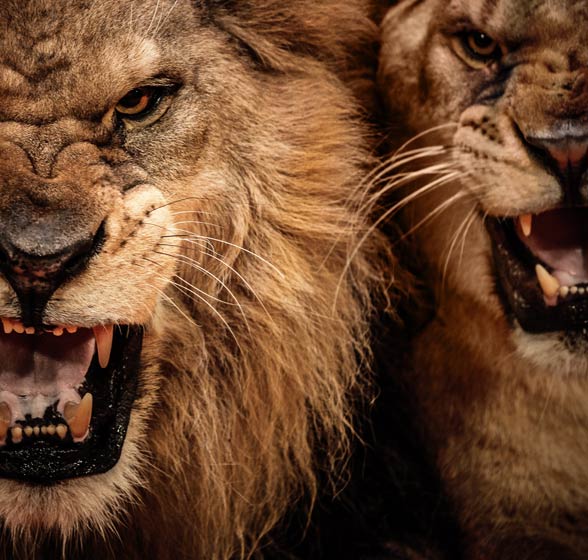
Tsavo lions and attacks on people
It all began in 1898, during the construction of a railway bridge over the Tsavo River. The construction works were supervised by the British, however, physical work was performed by the locals. Indian railwaymen were also on site.
Throughout 1898 (9-10 months) the workers were being attacked by two lions. Later reports were to show that over a few months, these animals had killed more than 130 people. According to the workers who witnessed these events, the lions would come at night to the camp, drag people out of their tents, and run away with them into the dark. One of the questioned workers simply said that the attacks had been very brutal. The workers also noticed that the attacks had been carried out by maneless lions, although they were males.
At the end of 1898, the lions were killed by Lieutenant-Colonel Henry Patterson who supervised the construction, and later became the author of the book “The Man-eaters of Tsavo”. The first lion was killed by two shots, and the second one died after 9 shots. The lions’ skins were used as Patterson’s floor rugs for 25 years. Then, he sold them to the Chicago Field Museum for USD 5,000 (nowadays, about USD 68,000). To this day, they can be seen in the Chicago Field Museum of Natural History.
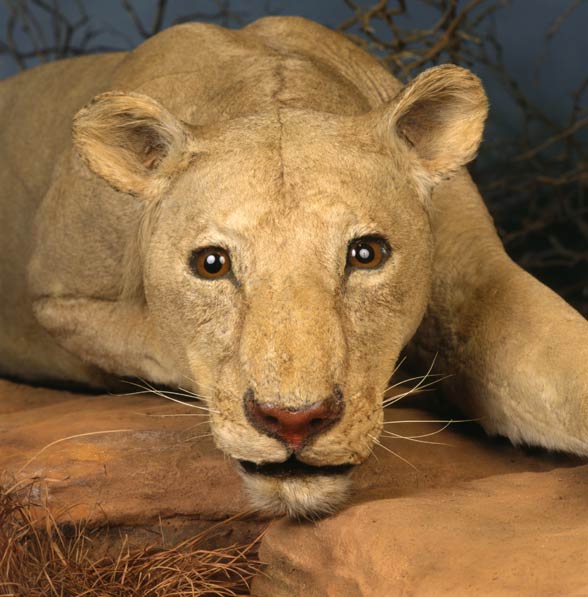
War with lions
To this day, there is a conflict between people and lions in Africa (not only the Tsavo ones). In 1994-1998, the predators of Tsavo attacked flocks of goats, sheep, and large livestock 112 times. At the same time, 6 people were attacked, and 2 of them died. All these incidents took place in the national park, where lions are under strict protection. The problem seems to be bigger outside the park. In 1996-1999, lions attacked cattle at research ranches almost 300 times. Recently (to 2001), in the whole area surrounding the national park (about 1.5 million acres), similar attacks have taken place a few times a day. In 2002 a lion killed a shepherd walking down the road leading to the coastal city of Mombasa.
However, usually such attacks are not lethal for people. Individuals that attempted to attack humans are often captured and killed. Over 12 years, 222 lions were killed in Kenya for their attacks.
Roland Kays – a curator in the New York State Museum said that the conflict between people and lions is the main cause of African lions’ deaths. Many African inhabitants believe that sick and old lions and those with bad teeth are responsible for most today’s attacks on people. Scientific evidence has shown, however, that similar incidents have been caused by young (younger than 5 years old) and healthy lions.
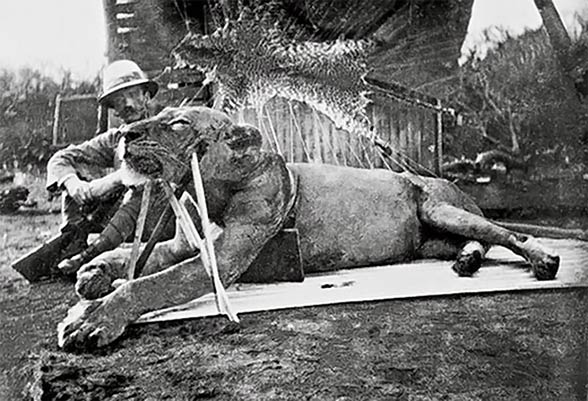
Exaggerated data?
At the beginning of the 21st century, the remains of the two Tsavo lions were thoroughly analyzed. The results have shown that in 1898 the predators ate fewer than 35 people. This number varies between 28 and 31. Thus, there are indications that the stories of both Lieutenant-Colonel Patterson and witnesses of those events were highly exaggerated. However, it cannot be denied that the Tsavo lions sometimes only killed people and did not eat them. Therefore, maybe they killed more people than recent research has shown.
Why did the Tsavo lions attack people?
Every tragedy happens for a reason. It was very much the same in the case of the man-eating Tsavo lions. Why did they choose people as their prey? There are a few hypotheses.
One of them says that these lions could have been used to human meat because they often found drowned people in the Tsavo River. Many slaves going to Zanzibar crossed the river, which often ended badly.
The second hypothesis assumes that the lions fed on people because at that time, their original prey – ungulates – was killed by rinderpest / cattle plague (Latin: Typhus bovum contagiosus). In 1898, the plague killed plenty of animals, which forced the lions to find another source of food.
Maybe the customs of the Indian workers, which included leaving dead people to be consumed by lions, contributed to the lions’ man-eating tendencies. It could have encouraged the cats to attack living people.
Neiburger and Patterson also indicate that the first of the killed lions had had a severely damaged tooth, which would have made it impossible for it to hunt natural prey. However, this theory is often omitted, because the tooth could have been damaged by the shot.

Detailed information / size
Tsavo lions
- Body length: males 2.5-3 m (8ft 2in – 9ft 10in), females 2.3-2.6 m (7ft 7in – 8ft 6in)
- Height at shoulders: 0.9-1.1 m (2ft 11in – 3ft 7in)
- Weight: males 186-227 kg, females 100-165 kg (220 – 363 lb)
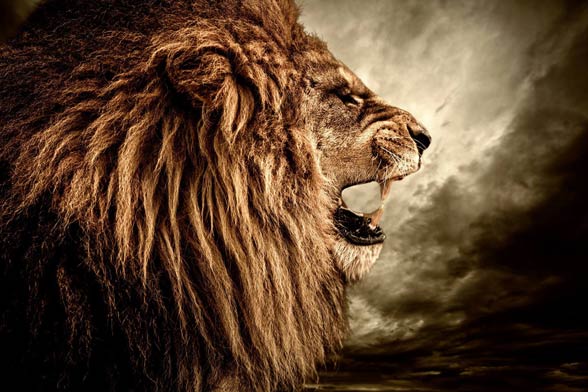
Tsavo lions – interesting facts
- In 2006, about 675 lions of the region of Tsavo were counted. The total Kenyan population consisted of about 2,000 individuals.
- Lions and their prey are officially protected in Tsavo, and yet, the cats are killed by the locals on a regular basis. In 2001-2006, more than 100 such cases were proven.
- Tsavo lions have been included in movies, video games, and books. The most known works include a movie of 1996 “The Ghost and the Darkness”. The movie was based on factual events of 1898. Lieutenant-Colonel Patterson was portrayed by Val Kilmer who was nominated for the Golden Raspberry Award for Worst Supporting Actor, and he was accompanied by Michael Douglas (hunter Charles Remington).

Recommended
- Lion vs tiger
- Famous man-eating lions
- Barbary lion
- Siberian tiger
- Bengal tiger
- Sumatran tiger
- Indochinese tiger
- Malayan tiger
- Tigers
- White tigers
- Lions
- White lions
- Liger
- Animal fights
- American lion
- European cave lion
- Smilodon – Saber-toothed tiger
- Big cats
- Black panther
- Leopard
- Snow leopard
- African Lion
- Fastest animals
- Fastest birds


